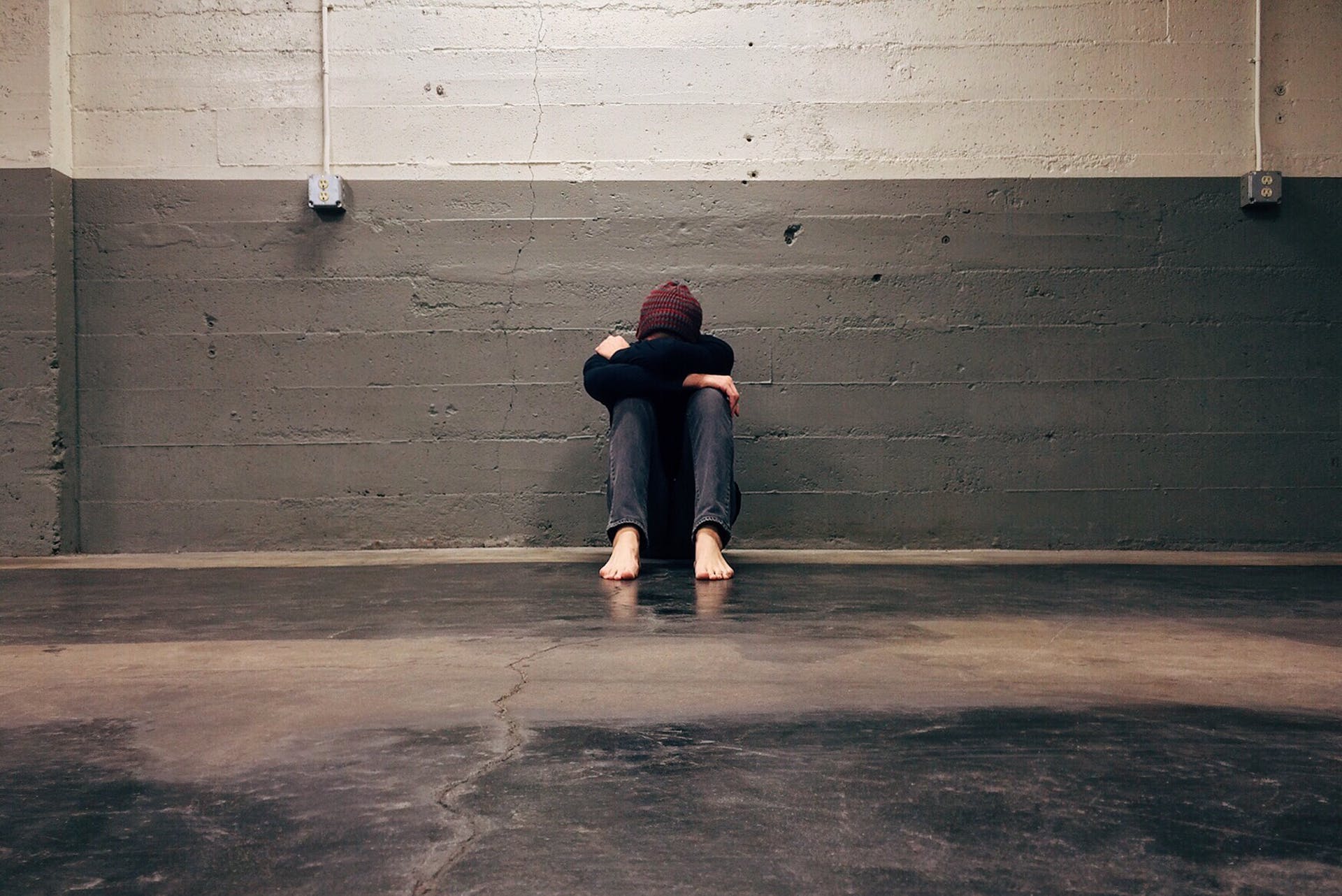Internal conflict is one of the most important aspects of writing a story. Without it, characters fall flat and aren’t relatable to readers. But with it, they feel authentic, like real people.
However, it can be difficult to create internal conflict that resonates with readers and drives the story.
So, here’s a guide for crafting internal conflict in your characters that your audience will love.
What Is Internal Conflict and Why Is It Important?
Internal conflict is a character’s inner struggle. It’s the shard of glass (as Jessica Brody calls it) in the character that causes problems for them.
It’s also the thing that makes stories matter. Without internal conflict, the external conflict (the events of the story) would be boring. Readers don’t care about events; they care about people.
Internal conflict is created when your character wants something that they believe will solve all their problems. This can be anything from a promotion to a spouse to winning a competition. But this desire won’t actually make the character happy. That’s where their need comes in.
The character needs something that will actually make them happy. So why don’t they go after what they need instead? Well, the character also has a fear that’s holding them back.
In The Princess and the Frog, Tiana wants to own a restaurant just like her dad dreamed. She is constantly working to save money for it, turning down friends who invite her to spend time with them because she has to work. She is afraid that she will never have her own restaurant and will therefore let her dad’s dream die. By the end of the movie, she learns that what she needs isn’t a restaurant but love.
“My daddy never did get what he wanted. But he had what he needed. He had love. He never lost sight of what was really important.”
External and Internal Conflict Working Together
One of the keys to creating great internal conflict is ensuring that the internal conflict and the external conflict are working together.
If your protagonist’s internal conflict is about forgiving someone who wronged them, but the plot doesn’t allow the main character to interact with that person or have some other parallel for forgiveness, then it won’t make sense at the end of the story when the protagonist forgives that person.
The journey your character goes on should directly correlate with their internal conflict. The external conflict needs to force them to confront their flaws and fears and learn the lesson they need to help them grow (unless you’re writing a negative character arc where they don’t learn what they need to in the end).
In Fourth Wing by Rebecca Yarros, the main character Violet starts the story thinking she is weak because she isn’t physically strong. She’s forced to enter a war college where physical strength is highly valued and critical for survival. The external conflict is surviving in a school determined to kill her, which forces Violet to confront her beliefs about herself. Thus, the internal conflict and the external conflict are intricately woven together.
2 Ways to Discover Your Story’s Internal Conflict
Sometimes it’s hard to know what the best internal conflict for your story should be, but you may already have it baked into your story.
Here are 2 ways you can find internal conflict in your story.
Relate the Conflict to the Story’s Theme
If you’re struggling to come up with your protagonist’s internal conflict, one way to find it can be through the story’s theme.
Say you know you want to write a story about redemption. Then all you need is a character who has made a terrible mistake and needs to redeem themselves. If you want to write a story about trust, then you need a character who doesn’t trust themselves or others.
Your character needs to believe the opposite of whatever you want the theme to be so that they can learn about the theme over the course of the story.
See how internal conflict and theme go hand in hand?
One of the themes in The Lightning Thief by Rick Riordan is identity. At the beginning of the book, Percy really has no idea who he is. He’s always felt like an outsider, but he doesn’t know why until he learns that his father is a Greek god. Throughout the story, Percy confronts this as part of his identity, and eventually, he learns who he is.
Look at the Character’s History
We are shaped by our pasts, especially by the bad things that have happened to us, and the same is true for characters. With most characters, you can trace their behavior and misbeliefs back to an incident in their past.
Take Harry Potter, for example. He was raised by his aunt and uncle who treated him horribly. Because of this, he feels like he doesn’t belong.
Or how about Coriolanus Snow in The Ballad of Songbirds and Snakes by Suzanne Collins. Coriolanus grew up amid a war that left his family powerless and destitute, so he does whatever he can to seize control and power so he never feels like he did when he was a child again.
Take a look at your protagonist’s past and ask yourself how their past shapes their misbeliefs? What would someone who went through what they did believe about themselves or the world?
I hope this guide to character internal conflict helps you as you write your story. Share one of your favorite examples of internal conflict in the comments!
Happy writing!






3 responses to “How to Create Powerful Internal Conflict in Your Characters”
Gonna send this to my D&D players. We’re starting our next campaign soon and this would really help them make compelling characters! Thanks!
Yes, these concepts would work great for D&D. I’m so glad you found it helpful! Thanks for reading and sharing!
[…] If the A Story is the external conflict, then naturally, the B Story is the internal one. It’s the main character’s arc, the lesson that they learn by the last page […]